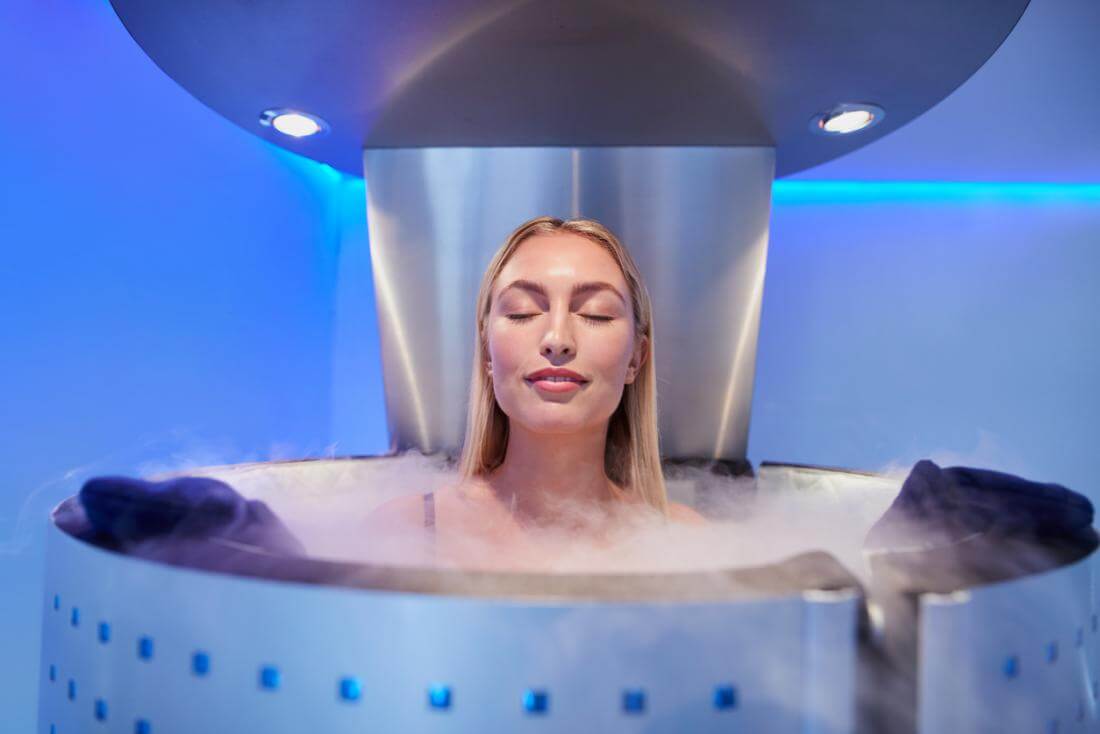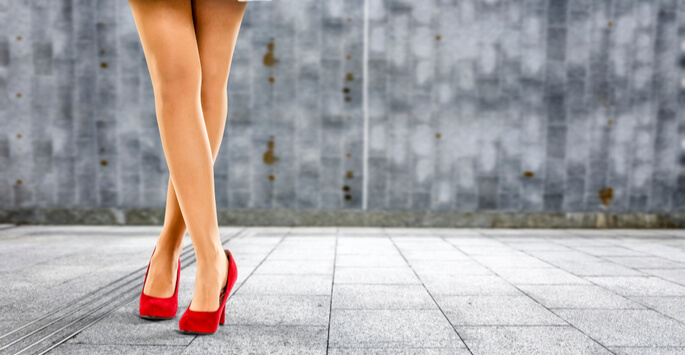Blog
Discover the Rejuvenating Power of Microdermabrasion
Age, genetics, the sun, and our environment can all play a role in the imperfections we see when we…
Get Your Ideal Look With Laser Hair Removal
Do you find yourself shaving daily to fight unattractive stubble only to notice your hair growing…
Cryotherapy: What Does It Treat?
If you are unhappy with spots on your skin like moles, age spots, skin tags, and more, you might be…
How to Prepare for Laser Hair Removal
Oh, happy day; our unwanted hair is about to go away! We are done with the razor, we are done with…
Answering Your Questions About Skin Tightening
None of us can turn back time. But we can look younger than our chronological age. We’d like…




